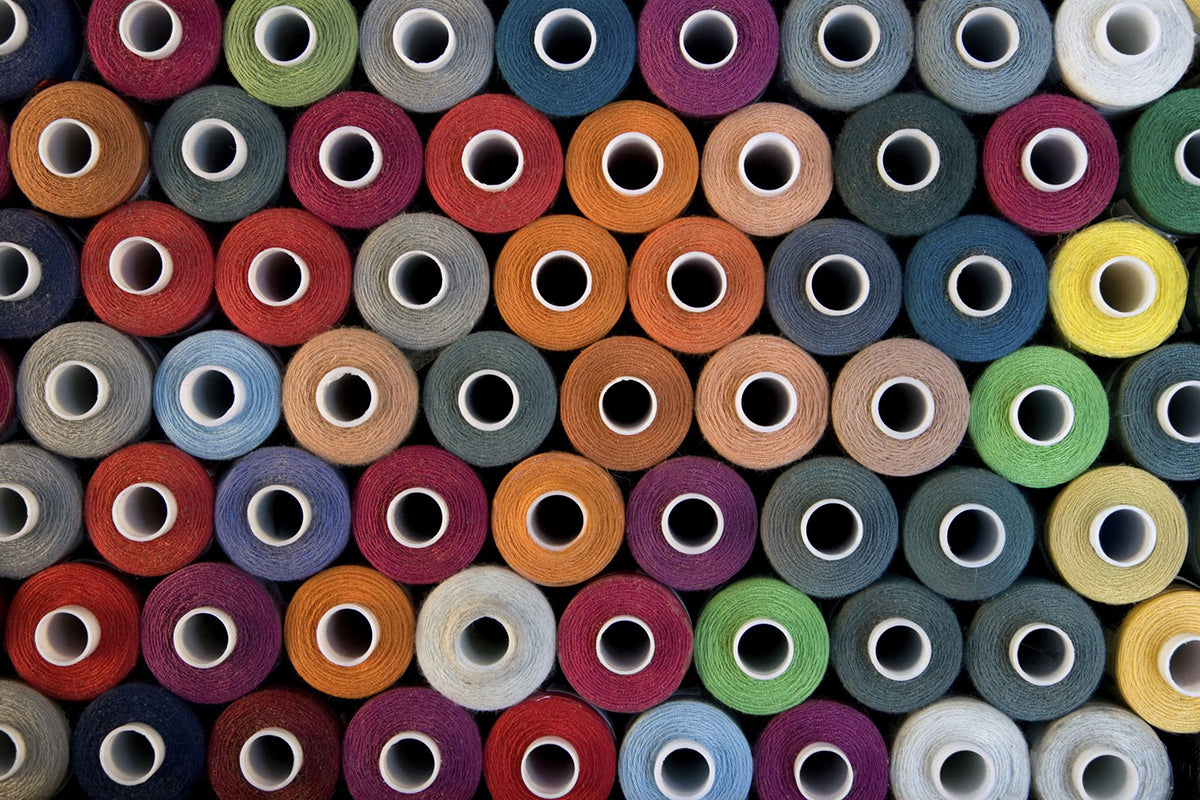When we see those eye-catching clothes in stores made out of beautiful fabrics, we don't always think about the actual process of how it got there and what resources were needed to make them. One of the biggest parts of what actually makes fabric 'come to life' is something we sometimes take for granted....water.
Whilst water isn't the only part of the process, it is one of the most important. But just how much water is actually needed to produce fabrics?
According to the WWF it takes approximately 2,700 litres just to produce the cotton needed to make just ONE single t-shirt.
When we look at this in normal day terms, health authorities recommend you drink around 8 glasses of water per day (roughly 2 litres), so this means for one t-shirt, it is equivalent to 1350 peoples' recommended daily water in-take! This is a huge number when we think of the countries who don't have clean water or a very limited supply to safe drinking water.
What's even more fascinating is that a lot of the facilities where the production takes place are actually based in areas where water is a scarcity and/or they have major water issues.
How can you help make a difference?
Around the world more and more people are trying their best to help make a difference. One major initiative is the Better Cotton Initiative who are working with farmers to grow cotton with less water. According to WWF who support them, they have so far worked with 75,000 farmers in Pakistan, who have already reduced their water use by 39%!
Another huge company who are doing their part are, Levi's. According to Green House PR, 'Levi's Water <Less Jeans' use as little as 1.5 litres of water to produce them, meaning they have so far saved 172 million litres of water!
Other simple options you can adopt could be:
-Reduce, Reuse, Recycle garments instead of throwing them into the trash. This means you don't need to buy even more new pieces.
-Up-cycle garments. You could adapt/amend old garments and add a new twist to them to make them look like completely new pieces!
-Purchase deadstock fabrics. By using deadstock you are using fabrics that are already made and would normally go to waste, thus meaning that even more new fabrics are not needed to be produced! So far on AmoThreads we have helped managed to help save just short of 43000 litres of water, and we hope to keep increasing this figure day by day!




